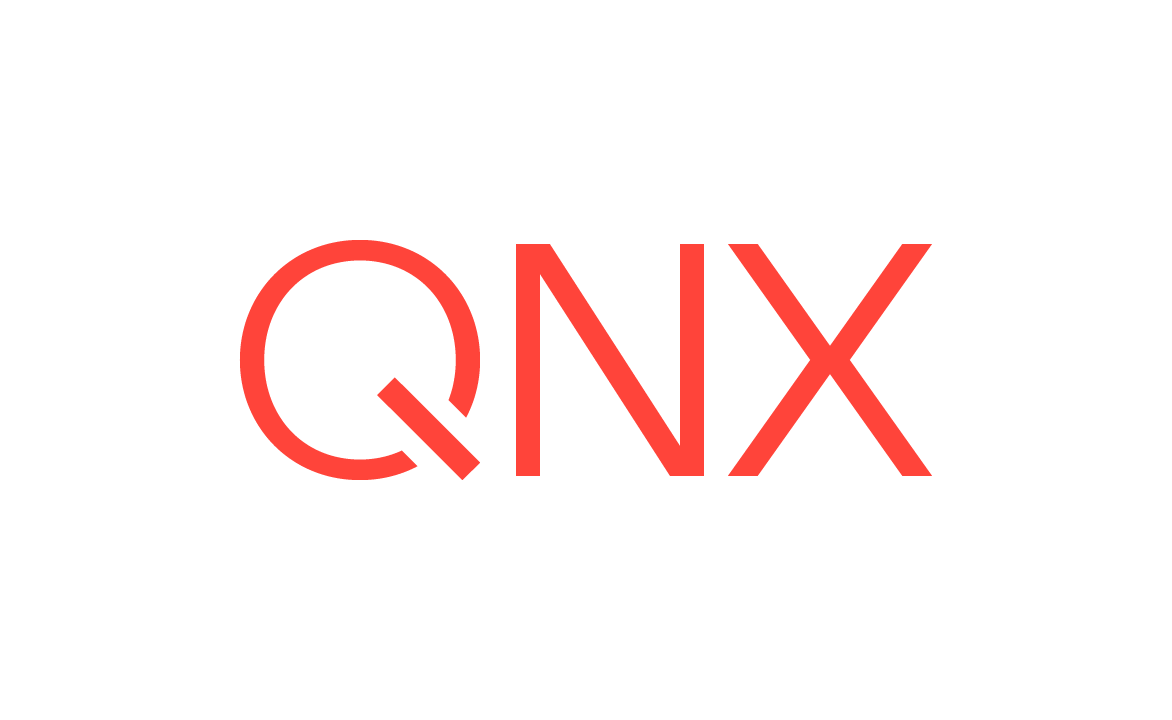Using the command line to deploy an installation
To deploy a QNX SDP installation (and optionally, a QNX Momentics IDE installation), you can use the qnxsoftwarecenter_clt script of the QNX Software Center. The script supports several options, described below, that perform the same operations as the controls available in the Configure Deployed Installation dialog.
Command Linechapter of the QNX Software Center User's Guide if you'd like more information on the qnxsoftwarecenter_clt script.
- -deploySdpInstallation path
- Deploy the QNX SDP installation located in the specified path.
- -deployLicense key
- Apply the specified license key to the installation.
- -deployMomenticsIdeInstallation path
- Deploy the QNX Momentics IDE installation located in the specified path.
- -flexLicenseServer port
@host - Use the floating license server located at the specified address.
- -forceOverwrite
-
Overwrite the existing installation, if one exists, in the path specified by
-installationDeployAs.
CAUTION:This command deletes and overwrites all existing content in the specified path.
- -installationDeployAs path
- Write the installation to the specified directory or ZIP file.
Updating a deployed installation
When you save a deployed installation to a directory, the entire contents of the installation are marked readonly. Consequently, developers cannot make changes or additions to the installation, nor should they attempt to. If the deployed QNX SDP installation requires new packages, updates, or patches, add those components to the original copy of the installation and then redeploy it.
When you save the deployed installation to a zip file, developers can extract their own copies, which won't be readonly. We recommend, however, that developers use the installation as is; they shouldn't modify it.
